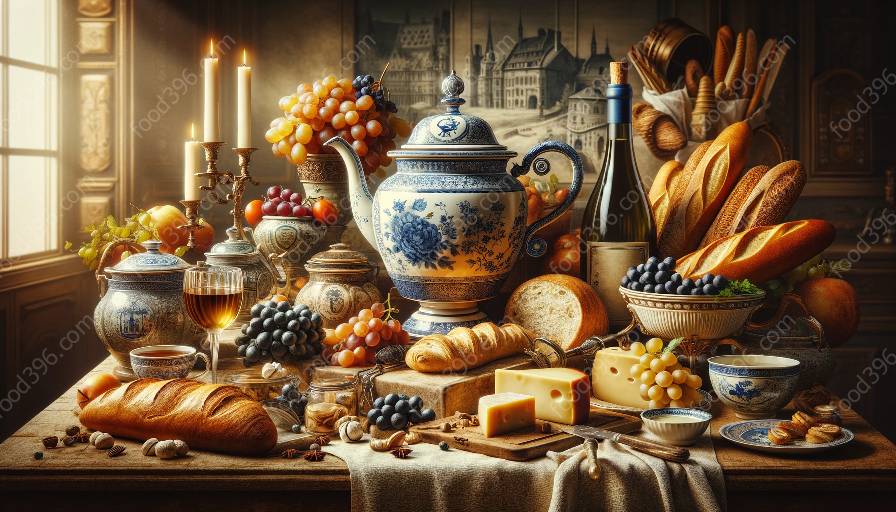French culinary techniques form the foundation of the world-renowned French cuisine, a culinary tradition steeped in history and innovation. This article aims to explore the intricate art of French culinary techniques, delving into its historical roots, its impact on the development of French cuisine, and its influence on global gastronomy.
Culinary Techniques: A Historical Perspective
The history of French culinary techniques can be traced back to the Middle Ages, where the foundations of French cuisine were laid. Influenced by Italian, Spanish, and Arabian culinary practices, French cooks began to incorporate new ingredients, spices, and cooking methods into their repertoire. The Renaissance period saw a refinement of culinary techniques, with the emergence of influential cookbooks such as 'Le Viandier' by Guillaume Tirel, also known as Taillevent. These early developments laid the groundwork for the evolution of French culinary techniques.
The Influence of French Cuisine History
French cuisine history is intertwined with the evolution of culinary techniques. The move towards precision, meticulous preparation, and artistic presentation became defining features of French culinary techniques. The French Revolution also played a significant role in shaping the culinary landscape, as it led to the emergence of talented chefs who sought to innovate and elevate French cuisine to new heights. The integration of regional cooking styles and the standardization of culinary techniques contributed to the diversity and richness of French cuisine.
Exploring French Culinary Techniques
The Five Mother Sauces
One of the cornerstones of French culinary techniques is the concept of the five mother sauces, as classified by the renowned chef Auguste Escoffier. These sauces, including Béchamel, Velouté, Espagnole, Sauce Tomat, and Hollandaise, serve as the foundation for countless other sauces and are a testament to the precision and mastery required in French cuisine.
Knife Skills and Butchery
French culinary techniques place a strong emphasis on knife skills and butchery, as chefs are trained to expertly handle various cuts of meat, fish, and vegetables. The art of precision cutting and the ability to transform ingredients into uniform shapes are essential skills that define French culinary expertise.
Cooking Methods and Culinary Terms
French cuisine is renowned for its diverse cooking methods and culinary terms, each with its own specific purpose and application. From sautéing and braising to terms like 'mise en place' and 'au gratin,' French culinary techniques encompass a wide range of cooking processes that reflect the depth and complexity of French cuisine.
The Global Impact of French Culinary Techniques
French culinary techniques have had a profound influence on global gastronomy, shaping the way food is prepared, presented, and enjoyed around the world. From classic French dishes like Coq au Vin and Bouillabaisse to the innovative creations of contemporary chefs, the legacy of French culinary techniques continues to inspire and captivate food enthusiasts worldwide.
In Conclusion
The art of French culinary techniques is a testament to the dedication, creativity, and artistry of French chefs throughout history. Through centuries of refinement and innovation, these techniques have fundamentally shaped the world of gastronomy, leaving an enduring legacy that continues to be celebrated and revered. As we continue to appreciate and explore the depth of French cuisine history, the mastery of French culinary techniques remains an integral part of the culinary world.

